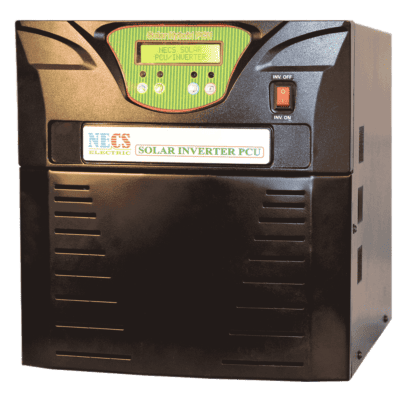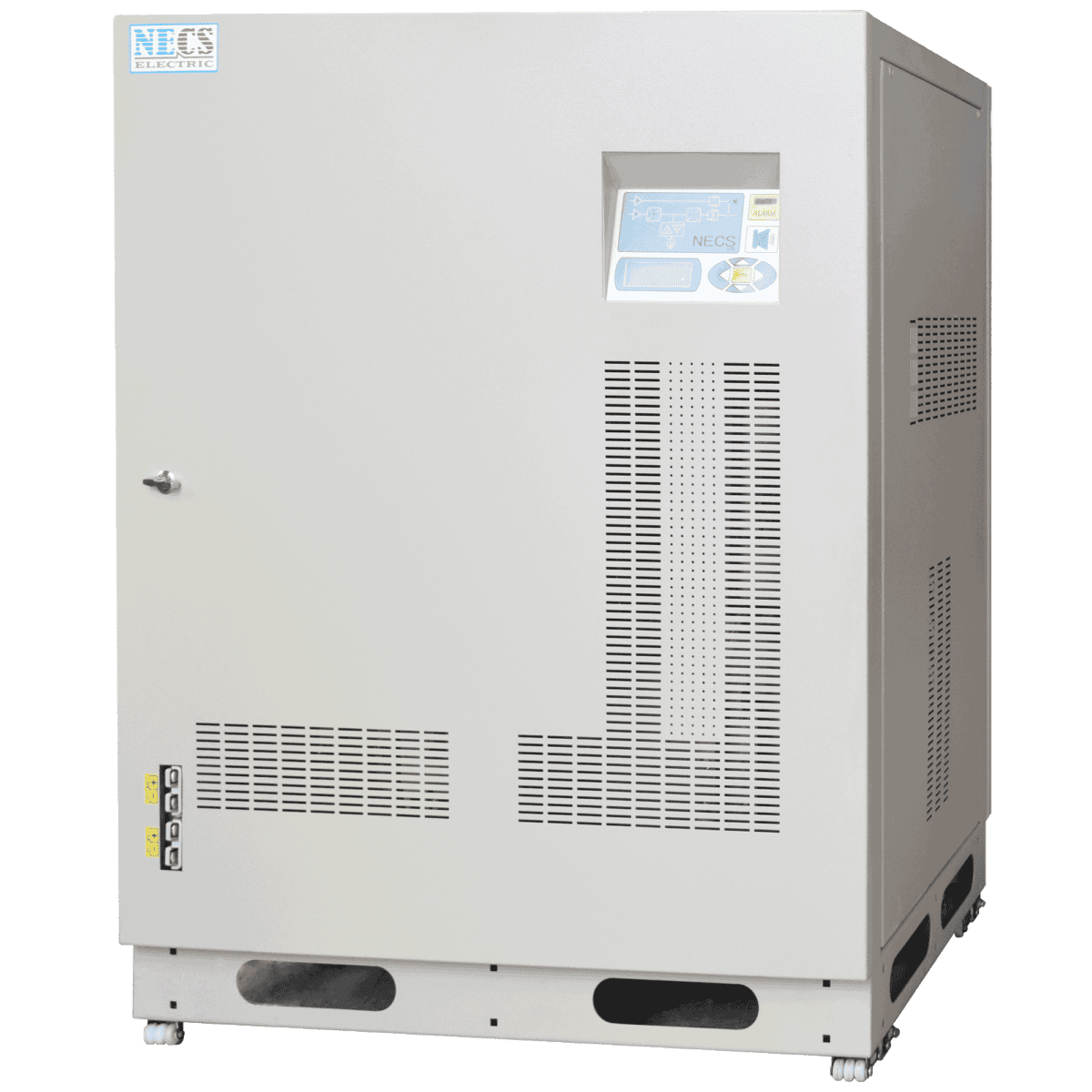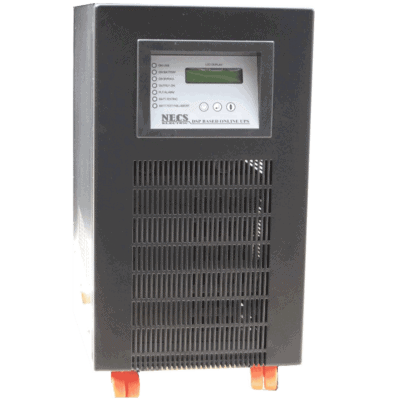



An uninterruptible power supply (UPS) is an electrical apparatus that provides emergency power to a load when the input power source or mains power fails. A UPS differs from an auxiliary or emergency power system or standby generator in that it will provide near-instantaneous protection from input power interruptions by supplying energy stored in batteries. The on-battery run-time of most UPS is relatively short (only a few minutes), but sufficient to start a standby power source or properly shut down the protected equipment. It is a type of continuous power system.
A UPS is typically used to protect hardware such as computers, data centre equipment, and electrical equipment where an unexpected power disruption could cause injuries, fatalities, serious business disruptions, or data loss. UPS units range in size from ones designed to protect a single computer (around 300 VA) to large units powering entire data centres or factory buildings. There are mainly three types of UPS categories.
This type of UPS It takes some time (typically 5 ms) to change over from the mains to the backup source. This type of UPS is used for a single PC or for house backup.
This type of UPS Take no time to change over from the mains to the backup source. This type of UPS is used for data centres and large industries.
DC UPS:
This type of UPS provides DC output. This type of UPS is used for small gadgets, CCTV, cordless phones, EPABX, or special equipment.







